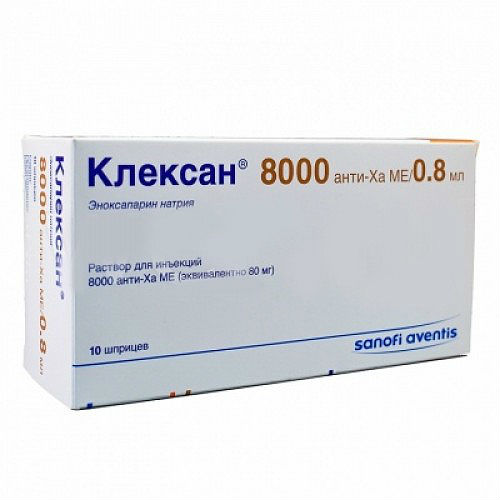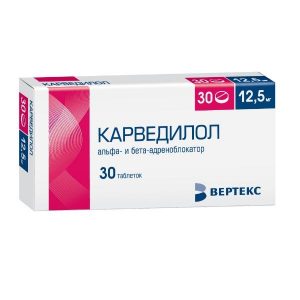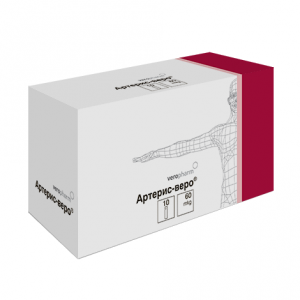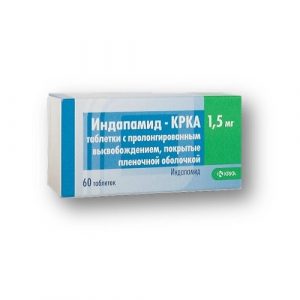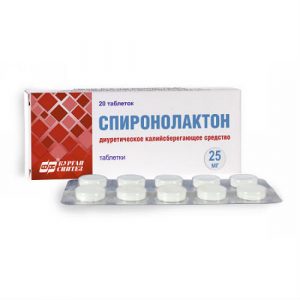Description
Latin name
CLEXANE
Release form
Injection.
Packing
10 syringes of 0.8 ml. Packaging
Indications
– prevention of venous thrombosis and thromboembolism, especially in orthopedics and general surgery
– treatment of deep vein thrombosis in combination with or without pulmonary embolism thrombosis
– prevention of hypercoagulation in patients with extracorporeal cardiomyopathy myocardium without ST segment elevation by ECG (in combination with acetylsalicylic acid)
– prevention of venous thrombosis and thromboembolism in patients with acute therapeutically and diseases that are on bedrest (chronic heart failure III or IV functional class NYHA classification, acute respiratory failure, acute infection, acute rheumatic diseases in combination with one of the risk factors for venous thrombosis).
Contraindications
– conditions and diseases, at which there is a high risk of bleeding (threatening abortion, cerebral aneurysm or stratified aortic aneurysm / with the exception of surgery), hemorrhagic stroke, uncontrolled bleeding, severe enoxaparin- or heparin-induced thrombocytopenia)
– under 18 years of age (efficacy and safety not established)
– hypersensitivity to enoxaparin, heparin and its derivatives, including other low molecular weight heparins.
The use of the drug in pregnant women with artificial heart valves is not recommended.
Use during pregnancy and lactation
Clexane should not be used during pregnancy unless the intended benefit to the mother outweighs the potential risk to the fetus. There is no evidence that enoxaparin sodium crosses the placental barrier in the II trimester, There is no information on the first and third trimesters of pregnancy.
When using Clexane during lactation, breast-feeding should be discontinued.
Composition of
1 syringe (0.8 ml) contains 8000 anti-XA ME Enoxaparin sodium, which corresponds to 80 mg.
Dosage and administration
The drug is administered sc. The drug can not be entered in / m!
For the prevention of venous thrombosis and thromboembolism, patients with moderate risk are prescribed Clexane 20-40 mg (0.2-0.4 ml) s / c 1 time / day. The drug begins to be administered 2 hours before surgery and continued prophylaxis while there is a risk of developing thromboembolic complications (usually within 7-10 days or more if the risk of developing thrombosis remains). Patients at high risk are prescribed 40 mg (0.4 ml) sc 1 time / day and the first dose is administered 12 hours before surgery or 30 mg (0.3 ml) sc 2 times / day with the start of administration after 12 -24 hours after surgery. Prophylaxis is usually continued for 10 days or more if the risk of developing thrombosis remains (for example, in orthopedics, Clexane is prescribed at a dose of 40 mg 1 time / day for 5 weeks).
For the treatment of deep vein thrombosis, 1 mg / kg sc is administered every 12 hours or 1.5 mg / kg 1 time / day for 10 days. At the same time, treatment with indirect anticoagulants is started, and the administration of Clexane is continued until the effect of them is achieved.
To prevent coagulation in the extracorporeal circulation system during hemodialysis, Clexane is injected into the arterial line at the beginning of hemodialysis at a dose of 1 mg / kg with a 4-hour procedure. For patients with a high risk of bleeding, the dose is reduced to 0.5 mg / kg with double access to blood vessels or to 0.75 mg / kg with single access. When fibrin rings are deposited, for example with a longer procedure, you can enter an additional 0.5-1 mg / kg.
In case of unstable angina and myocardial infarction without ST segment elevation, the recommended dose of Clexane is 1 mg / kg sc every 12 hours. The drug is prescribed for at least 2 days and treatment is continued until the clinical condition is stabilized. Typically, the duration of treatment is 2-8 days. At the same time, acetylsalicylic acid is prescribed in a dose of 100-325 mg 1 time / day.
For the prevention of venous thrombosis in patients with acute therapeutic conditions who are in bed, 40 mg is prescribed 1 time / day for 6-14 days.
Side effects
Bleeding
If bleeding develops, the drug must be discontinued, the cause established, and appropriate treatment started.
In 0.01-0.1% of cases, hemorrhagic syndrome may develop, including retroperitoneal and intracranial bleeding. Some of these cases were fatal.
When using Clexane against spinal / epidural anesthesia and postoperative use of penetrating catheters, cases of spinal cord hematoma are described (in 0.01-0.1% of cases), which leads to neurological disorders of various severity, including persistent or irreversible paralysis.
Thrombocytopenia
In the early days of treatment, mild transient asymptomatic thrombocytopenia may develop. Less than 0. 01% of cases, the development of immune thrombocytopenia is possible in combination with thrombosis, which can sometimes be complicated by heart attack or limb ischemia.
Local reactions
After sc administration, pain at the injection site may be observed, in less than 0.01% of cases, a hematoma at the injection site. In some cases, the formation of solid inflammatory infiltrates containing the drug is possible, which resolve after a few days, and it is not necessary to cancel the drug. At 0.001% at the injection site, skin necrosis may develop, which is preceded by purpura or erythematic plaques (infiltrated and painful) in which case the drug should be discontinued.
Other
0.01-0.1% – skin or systemic allergic reactions. Allergic vasculitis has been reported (less than 0.01%), in some patients requiring withdrawal of the drug.
A reversible and asymptomatic increase in liver enzyme activity is possible.
Drug Interaction
When co-administered with Klexan with drugs that affect hemostasis (salicylates / except for unstable angina and myocardial infarction without ST-segment elevation), other NSAIDs / including ketocrolac / , anticoagulants, antiplatelet agents (including glycoprotein receptor antagonists IIb / IIIa), hemorrhagic complications may develop. If the combination cannot be avoided, enoxaparin should be used under close control of blood coagulation.
The use of enoxaparin sodium and other low molecular weight heparins should not be alternated since they differ from each other by production method, molecular weight, specific anti-XA activity, units and doses. These drugs therefore have different pharmacokinetics, biological activity (anti-IIa activity and platelet interaction).
Pharmaceutical Interaction
The drug solution cannot be mixed with other drugs.
Overdose
Symptoms. Accidental overdose with I / O, extracorporeal or p / to administration can lead to hemorrhagic complications. When taken inside, even in large doses, the absorption of the drug is unlikely.
Treatment: Slow in / in administration of protamine sulfate is shown as a neutralizing agent. It should be borne in mind that 1 mg of protamine neutralizes the anti-IIa activity caused by 1 mg of Klexane, if sodium enoxapain was injected not more than 8 h before the administration of protamine 0.5 mg protamine neutralizes the anticoagulant effect of 1 mg Clexan if it was administered more than 8 h ago. If more than 12 hours have passed after the administration of Klexan, then the introduction of protamine is not required. Even high doses of protamine do not completely neutralize the anti-Xa activity of enoxaparin (maximum 60%).
Storage conditions
The drug should be stored out of the reach of children at a temperature not exceeding 25 ° C.
Expiration
2 years.
Deystvuyuschee substances
noksaparyn sodium
Sanofi-Aventis, France
